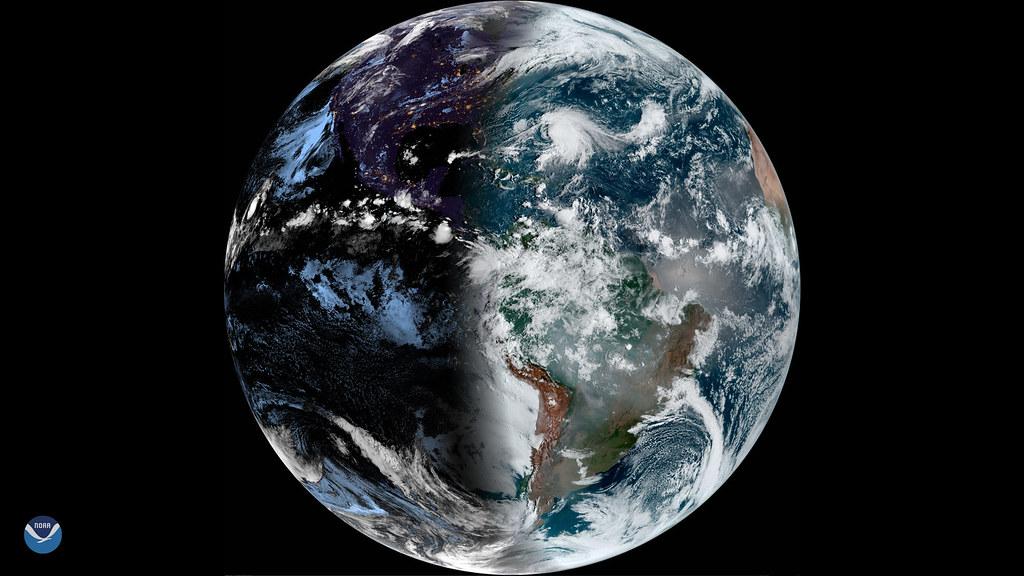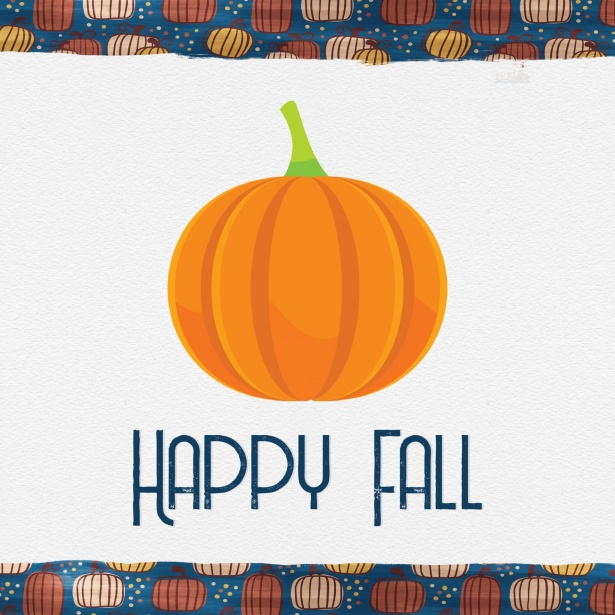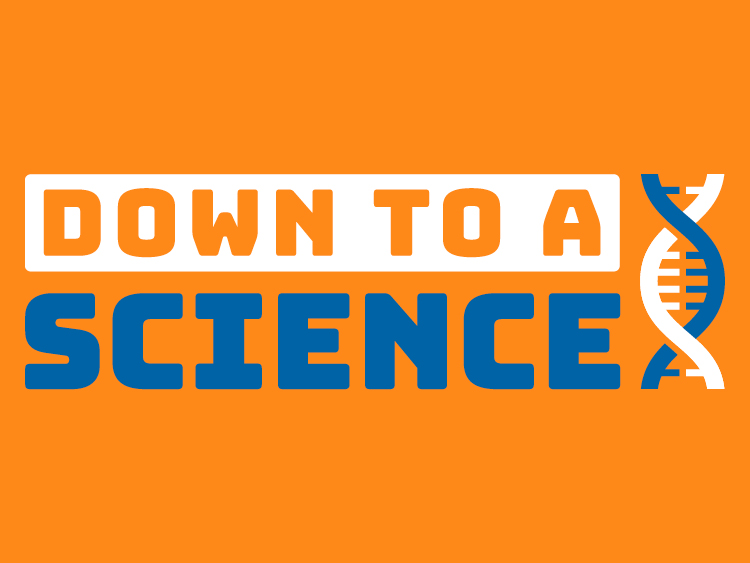 Whether you are pumpkin spice obsessed or trying to hang on to the last moments of summer, the autumnal equinox is here, meaning fall has officially arrived in Connecticut. There is no doubt about it, changes are coming to New England- nature is preparing for winter and we get to witness this marvelous process. Very soon we will start seeing one of the most amazing changes of all, the leaves will begin to change from shades of green to vibrant oranges, yellows, and reds. People come from all across the country to experience this beautiful sight, leaf peepers, as we affectionately call them. The temperatures are starting to drop and the lengths of daylight we experience are getting shorter. As the temperatures drop, most of the birds we have enjoyed watching throughout the warm months are beginning to migrate down south, and many of the animals staying up here are preparing for winter. Autumn marks all of these changes, but what exactly does the fall equinox mean? What happens and why is it so significant?
Whether you are pumpkin spice obsessed or trying to hang on to the last moments of summer, the autumnal equinox is here, meaning fall has officially arrived in Connecticut. There is no doubt about it, changes are coming to New England- nature is preparing for winter and we get to witness this marvelous process. Very soon we will start seeing one of the most amazing changes of all, the leaves will begin to change from shades of green to vibrant oranges, yellows, and reds. People come from all across the country to experience this beautiful sight, leaf peepers, as we affectionately call them. The temperatures are starting to drop and the lengths of daylight we experience are getting shorter. As the temperatures drop, most of the birds we have enjoyed watching throughout the warm months are beginning to migrate down south, and many of the animals staying up here are preparing for winter. Autumn marks all of these changes, but what exactly does the fall equinox mean? What happens and why is it so significant?
What exactly is the fall equinox?
 The fall equinox, also called the autumnal equinox, is marked by the moment the Sun crosses Earth’s equator. In 2021, this moment will happen on September 22 at 3:21PM EST. While there are so many changes happening around our environment in the fall, the biggest change we will notice is the change in daylight we experience for the next couple of months. The fall equinox marks the day that daylight and darkness are equal in time in the Northern Hemisphere. As we move further into fall and then into winter, we will experience shorter and shorter lengths of daylight in the region and more and more lengths of darkness. The sun will be rising later in the morning and setting earlier in the afternoon.
The fall equinox, also called the autumnal equinox, is marked by the moment the Sun crosses Earth’s equator. In 2021, this moment will happen on September 22 at 3:21PM EST. While there are so many changes happening around our environment in the fall, the biggest change we will notice is the change in daylight we experience for the next couple of months. The fall equinox marks the day that daylight and darkness are equal in time in the Northern Hemisphere. As we move further into fall and then into winter, we will experience shorter and shorter lengths of daylight in the region and more and more lengths of darkness. The sun will be rising later in the morning and setting earlier in the afternoon.
So what exactly do we have to thank for these changes in our daylight? It all comes back to the tilt of Earth’s axis. Our Earth is tilted at 23 ½ degrees, which means that at certain times of the year either the Northern or Southern Hemispheres are tilted towards/away from the sun. On the fall equinox, the tilt of the Earth’s axis combines with the location of Earth’s orbit around the sun in such a way that our planet is not tilted towards or away from the sun. This is why the sun is seen directly overhead at noon on the equator. From now until the spring equinox in March, we are tilted away from the Sun- resulting in colder temperatures and shorter lengths of daylight. If you travel to the opposite side of the Earth, the Southern Hemisphere, today actually marks their spring equinox. They will now be tilted towards the Sun- resulting in longer daylight and warmer temperatures. So, if you are one of those people who is trying so hard to hold onto summer, I think I know where you would like to vacation come the fall.
How is the fall equinox celebrated?
The fall equinox is celebrated around the world, holding a special significance to a variety of cultures. Here are just some of the ways people around the world mark this special time of year.
Stonehenge Sunrise- United Kingdom
Today marks the astronomical start to fall, if you ask our meteorology friends, fall has been here for a few weeks already. According to meteorologists, the official first day of “meteorological fall” is September 1. So, whichever calendar you follow- fall is here! Take this as your sign to put out your pumpkin decorations, unpack your sweaters, and go enjoy all the pumpkin spice and apple flavors you can imagine. Happy fall!


Katelyn Rutty is the Communications Coordinator at the Connecticut Science Center where she manages all of the online content platforms. She has a Masters in Business Administration from Western New England University.
Resources:
https://www.farmersalmanac.com/fall-equinox-first-day-of-fall



